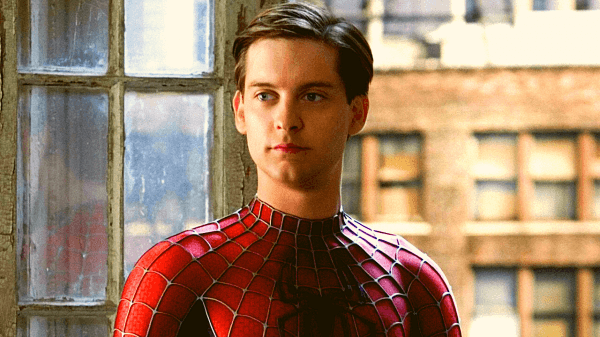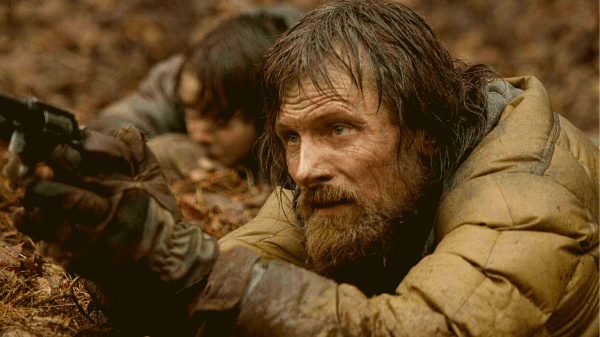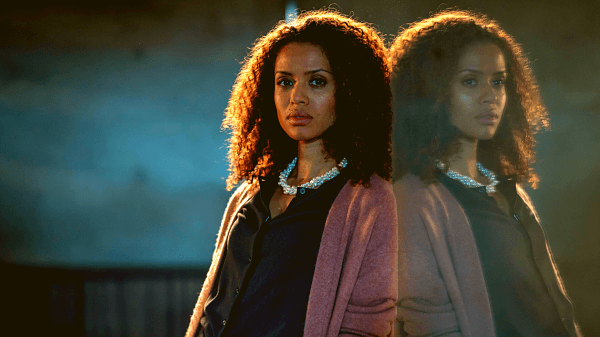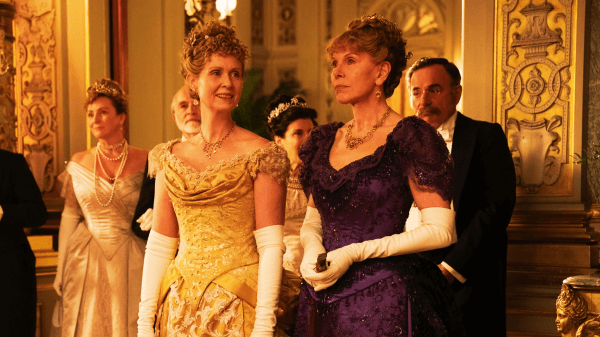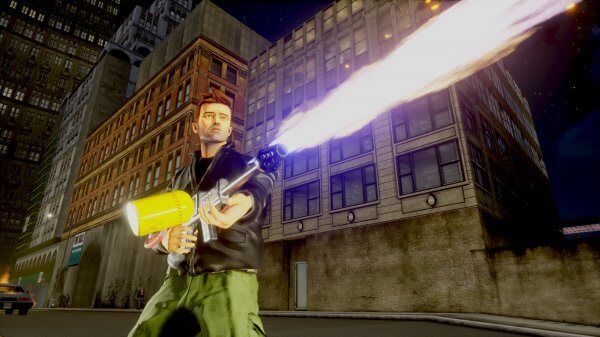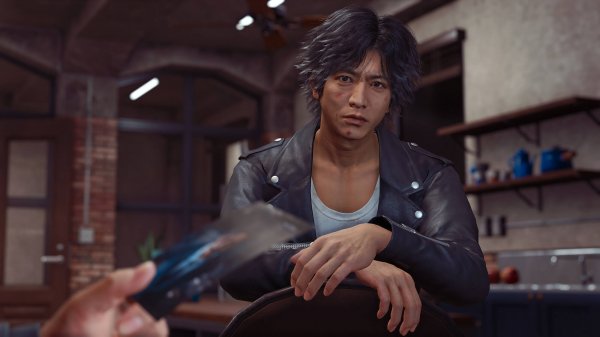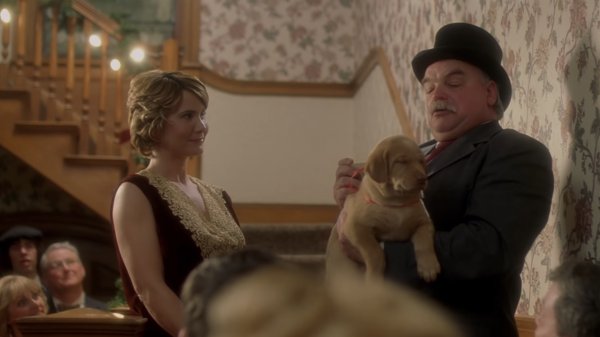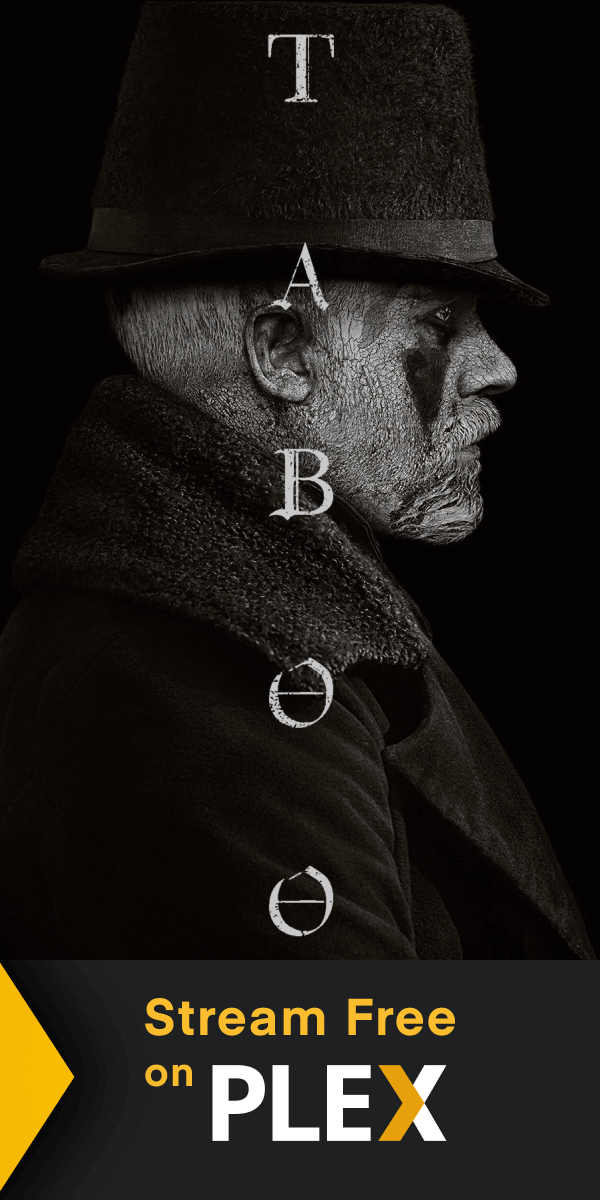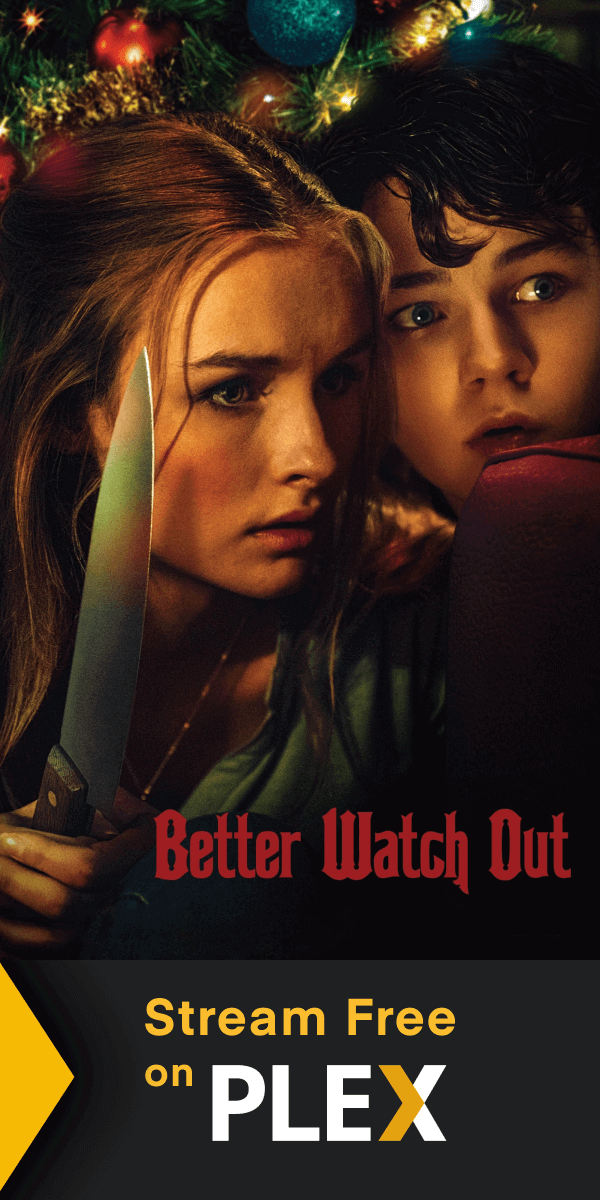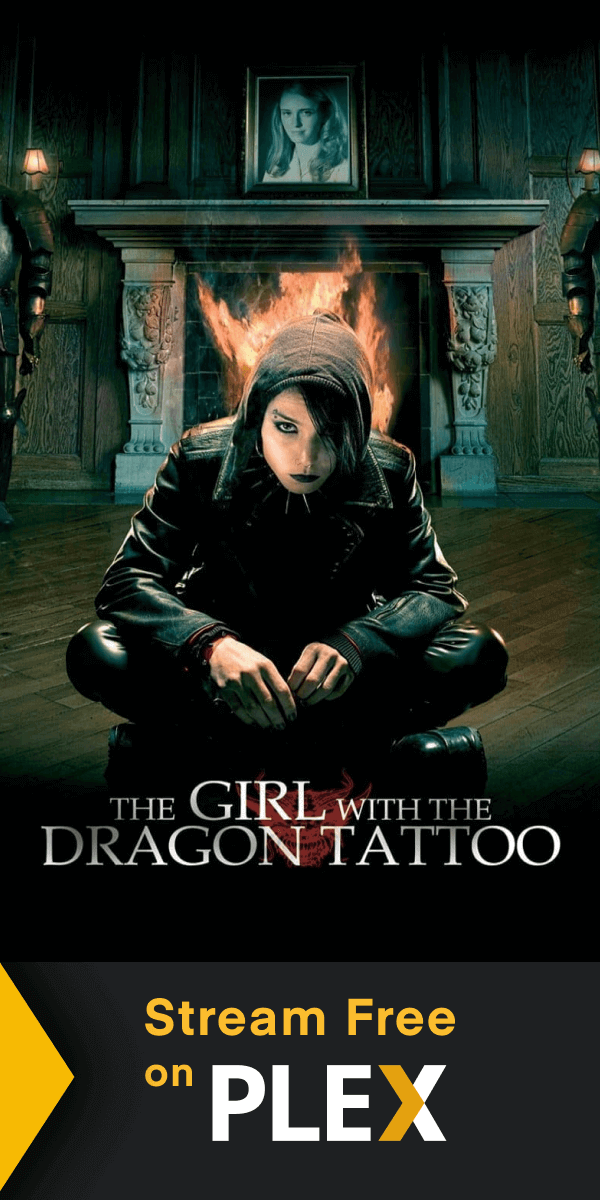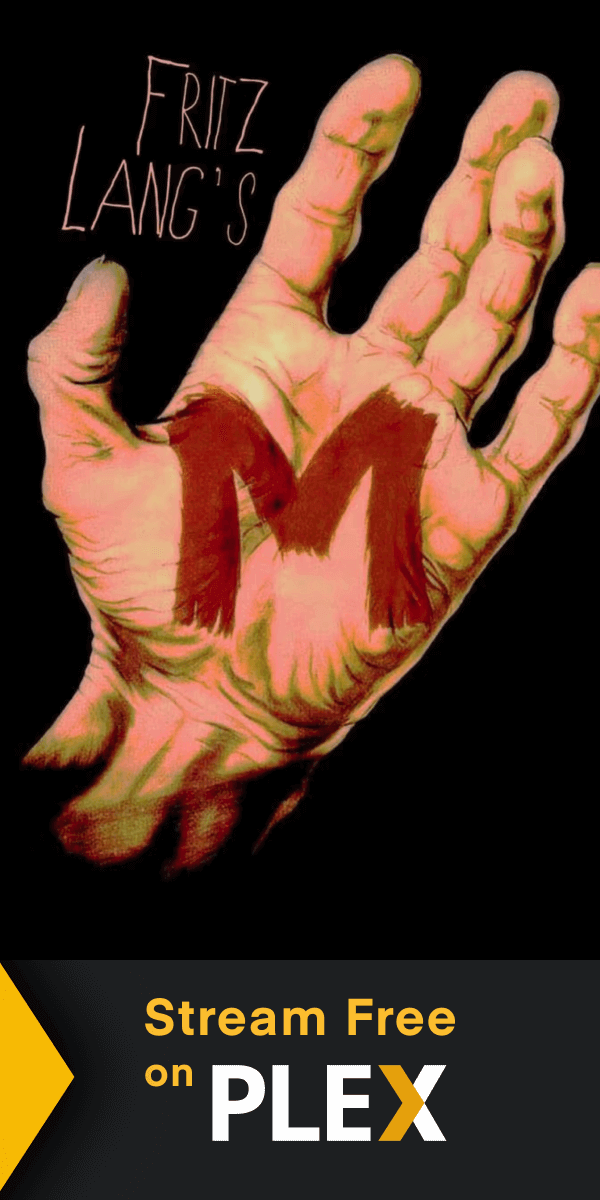It’s Hot Knight Summer, and I for one could not be more excited.
And it’s all thanks to David Lowery and his latest film The Green Knight, an adaptation of the Arthurian legend of Sir Gawain and the Green Knight. Known for his visually stunning films such as A Ghost Story and Pete’s Dragon, Lowery takes his eye for beauty into the past, to the world of knights, enchanted swords, giants, and epic battles. With this fantastical backdrop, Lowery doesn’t tell a tale of the typical bloodied battlefields or masculine heroism, but of the experience of confronting your own mortality. It’s also a Christmas movie.
The Green Knight follows Gawain (Dev Patel), the nephew of King Arthur (Sean Harris), who dreams of being a knight. He is young and handsome, spending his nights in a brothel with his lover Essel (Alicia Vikander) and venturing home to Camelot in the daytime. There, he lives with his mother, sorceress Morgan le Fay (Sarita Choudhury), and attends court with the king and his Round Table. On Christmas Day during the holiday feast, a giant Green Knight (Ralph Ineson) enters the courts offering a challenge to King Arthur and his entourage: If someone can land a blow on him, they win his ax; but, they must travel to meet him at the Green Chapel in one year to receive an equal blow. Gawain, in his dream of becoming a knight, quickly steps to the challenge, decapitating the knight. But the green knight lives even without his head, and after one year passes, Gawain must embark on his journey to meet his fate. This is not to be a calm journey, but one full of hardship in the form of bandits (led by Barry Keoghan), a talking fox, a band of giants, a haunted house, and a seductive lady.

Gawain’s journey is broken up into chapters, indicated with beautifully designed title cards that are reminiscent of the calligraphy seen in illuminated manuscripts. While the film follows this one big journey, Lowery splits it into smaller trials to not only keep the audience engaged, but to allow important beats of character growth for Gawain. This is his first quest after all, and that quest comes with its own battles that he must survive to further prove his worth as a knight of King Arthur’s court. However, that doesn’t always mean he is an exemplary knight. When he stumbles upon a haunted house with a decapitated ghost searching for her head, he is able to retrieve it for her. But this isn’t just a story to show how brave and kind Gawain is. Instead, it’s used to show that he doesn’t want to work for free; he asks the ghost what he’ll get in return for helping her. This isn’t an act of chivalry, but an exchange of goods and services. Gawain is not a knight to be admired, but to be looked upon as merely another human trying to struggle their way to success.
Patel’s performance as Gawain sells the young knight-to-be as a lovable and naive man who is just learning the ways of the world. He is both sincere and silly, dedicating his life to the idea of knighthood while also still having sex in brothels, binge drinking in pubs, and being easily seduced by married women. He is fallible but not in a frustrating or antagonistic way; Patel is able to really pour humanity into Gawain and make him a complex hero figure that may not always get it right, but he is trying his best.
But Gawain’s journey wouldn’t feel quite so harrowing without the cast of characters he meets along the way, all played by a stellar group of actors. No matter the size of their role, each member of the cast is able to create a unique and often threatening character that emanates some air of danger. Keoghan embodies such a performance as the leader of a group of bandits who rob Gawain and steal his horse. Lightly treading around the muddy battlefield, poking and prodding at Gawain, Keoghan emanates this sinister enthusiasm as he realizes the power he has over Gawain. Watching such a performance is both a joy and a little scary as Gawain fails to recognize the bandit’s kindness as trickery. Just this one performance speaks to the talent present on-screen throughout The Green Knight. Patel may be the centerpiece, but this is truly an ensemble film that depends on its supporting cast just as much as its protagonist.
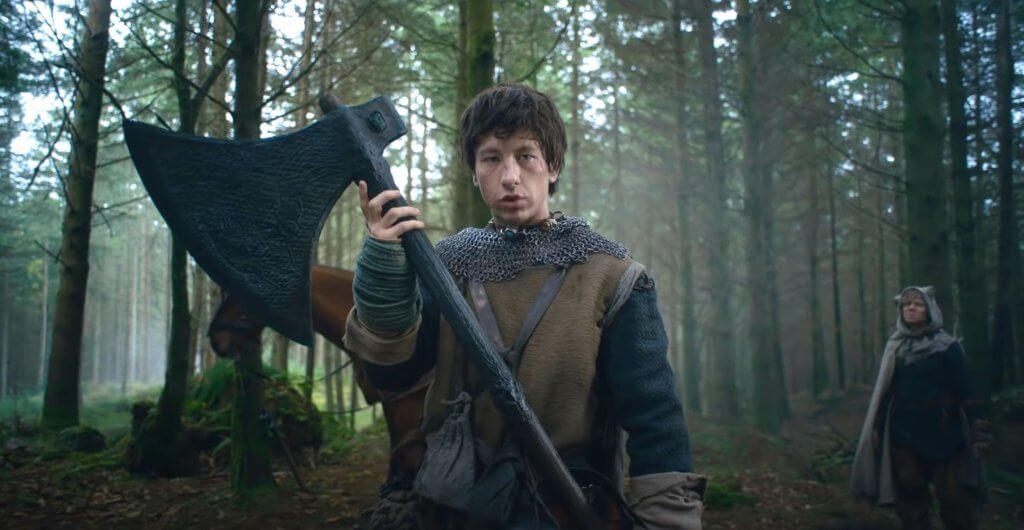
Supporting the phenomenal cast and emotional performances is the stunning cinematography. Each frame is a painting as cinematographer Andrew Droz Palermo skillfully plays with light and shadow inside of stark architecture to make building interiors feel sharp, claustrophobic, and haunting, while the natural world is light, green, and vast. That tension between the man-made and natural worlds never diminishes and is in fact only heightened as Gawain moves into the world beyond Camelot’s walls. Short ceilings and rooms lit by lamps and fireplaces give way to dew-soaked forests and valleys that never seem to end.
All of this comes together to create a film full of quiet tenderness shared through gentle caresses of the face and soft gazes that convey not passion but love. This isn’t just a story of an attractive young knight and his sexual exploits (don’t worry, there is some of that), but about platonic love between men. Here, masculinity is being actively deconstructed and the myth of the masculine, chivalric knight is made complicated with both Lowery’s script and Patel’s performance as Gawain. The young knight is not just an epic figure, but a tender and fallible being who has only barely breached into adulthood. He is looked upon with care by his uncle King Arthur as the king visualizes that potential that bubbles in Gawain’s soul.
While taking place in the world of Arthurian legend, The Green Knight is not an epic fantasy adventure full of monsters and conquest. Instead, this is a deeply personal slow burn of a tale that is not interested in spectacle, but in experiencing the introspection and growth of its main character. Beautiful visuals support that growth, but they never overshadow Gawain’s own emotional journey. Lowery has created something truly special, paying homage to the tales of old while also making it feel surprisingly modern. Everything about this film is a treasure, a glimmering hug in an increasingly dark time.
More on Plex:
Mythica: The Godslayer
...
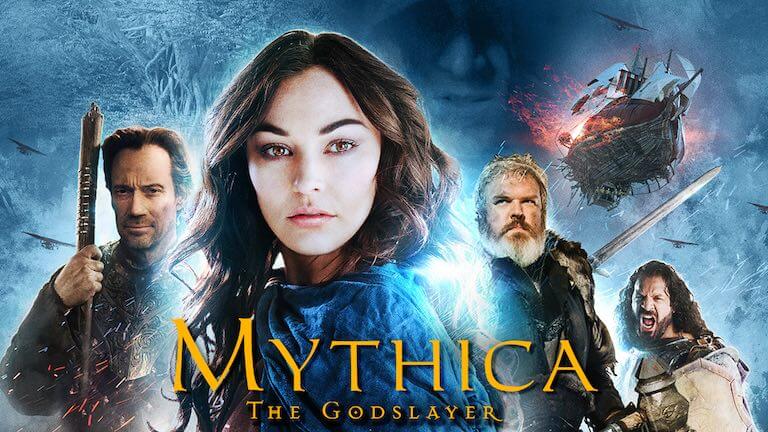
Merlin
...





